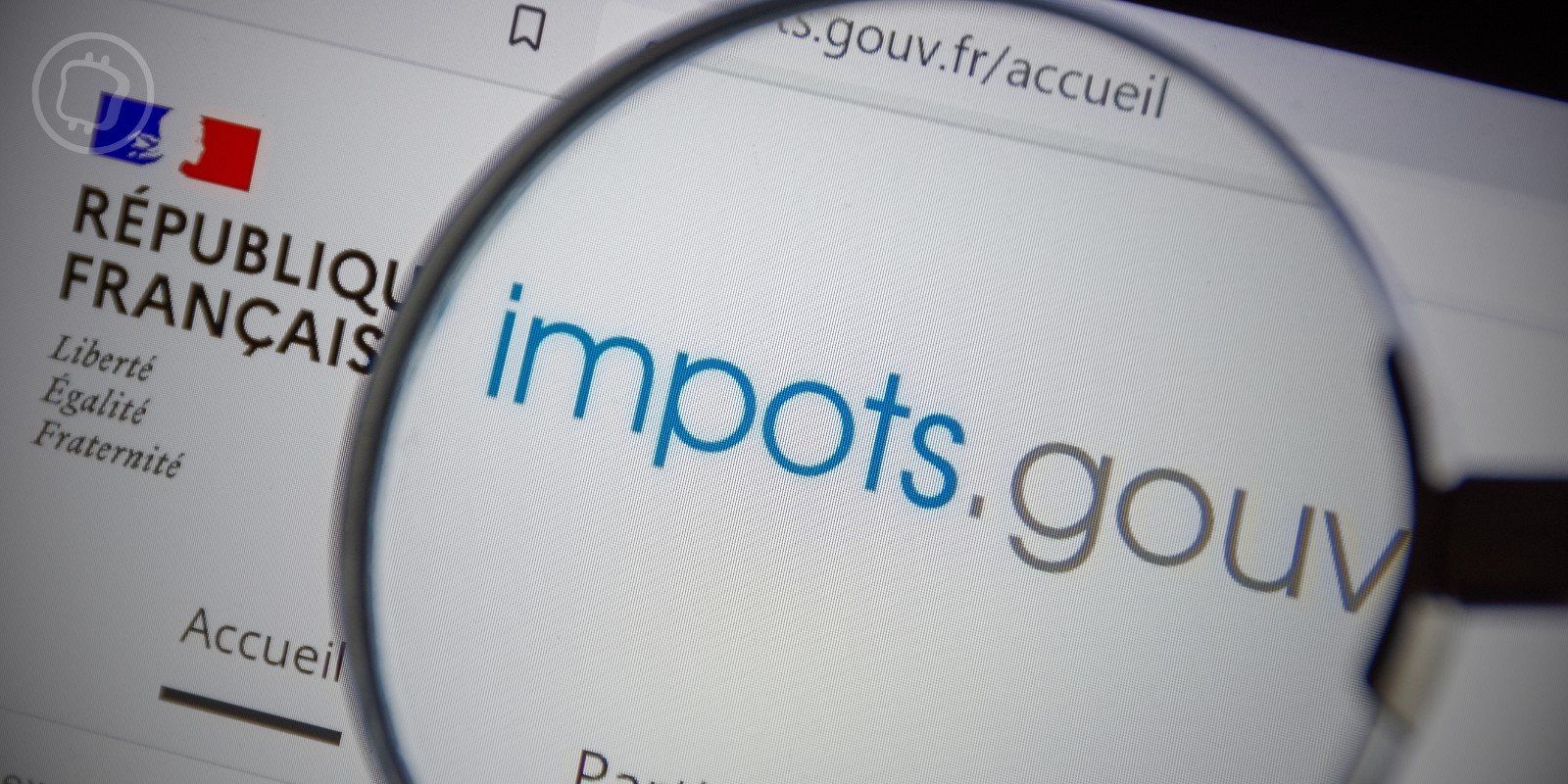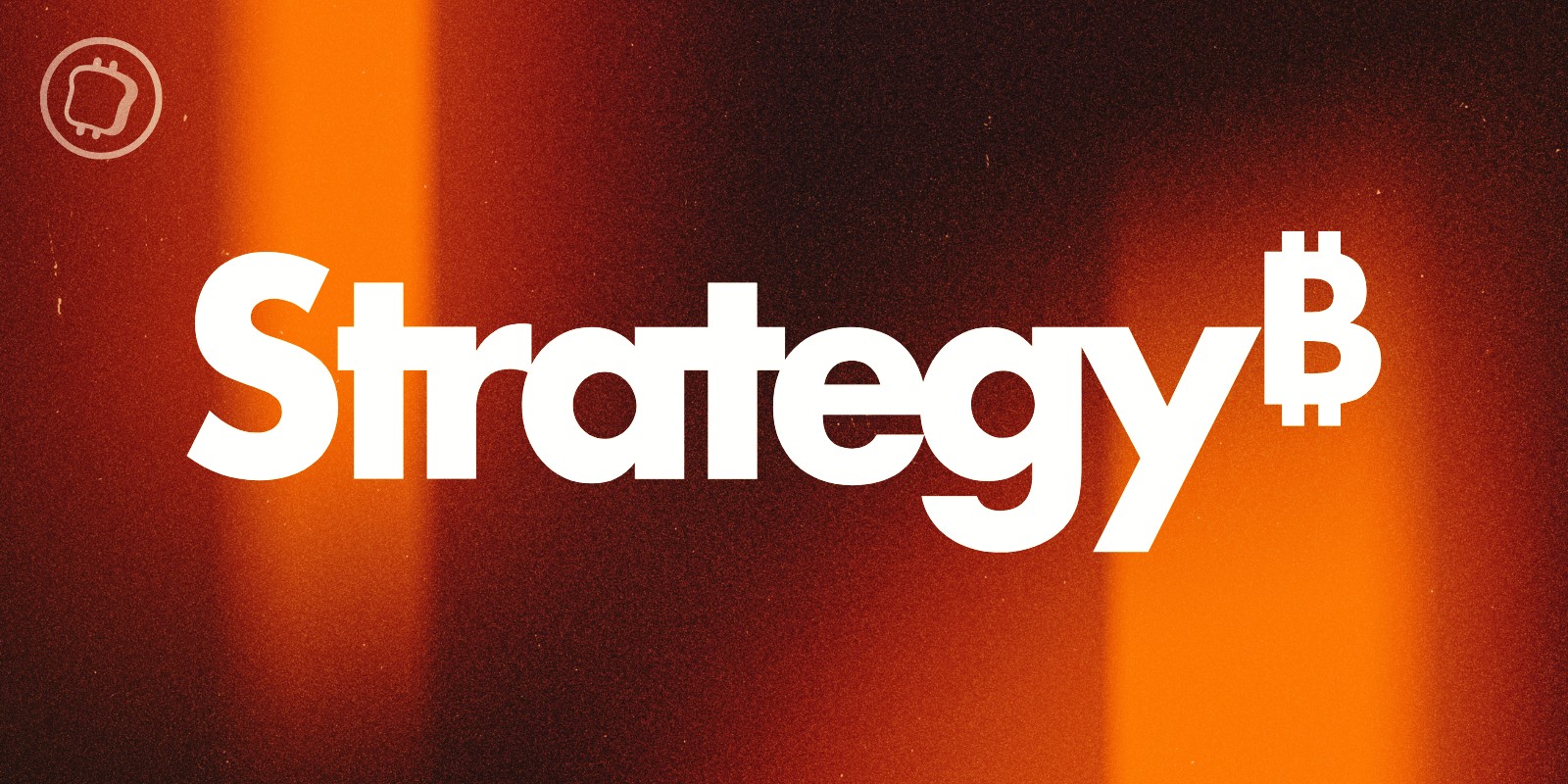Gurvais Grigg’s career has been defined by his command of data and technology to combat all facets of crime. A former Special Agent and senior executive for the Federal Bureau of Investigation (FBI) with over 30 years of public and private sector experience, Grigg is now the Global Public Sector CTO at Chainalysis, where his work empowers law enforcement (LE) and other government agencies to contend with an increasingly crypto-activated world.
Grigg’s journey into complex investigations began with his FBI career in 1997. Recognizing the power of advanced technology, he pioneered several programs that modernized the Bureau’s approach to an array of threats, including terrorism, cybercrime, and financial fraud. In conversation with Grigg, we explored his deep public sector experience, the evolution of cybercrime, and how lessons from world-altering moments in history, such as 9/11, still inform today’s battle against crypto-related crimes. We discussed how cryptocurrency is now used across a broad spectrum of illicit activities beyond conventional cybercrime — from national security to consumer protection. Grigg also shared insights about emerging investigative techniques, explaining how in the future, blockchain analysis could make use of artificial intelligence (AI) to move from reactive investigations to proactive crime prevention.
From the FBI to Chainalysis: Harnessing the power of data
Q: You spent 23 years in the FBI. What was the motivation behind your move to Chainalysis, and how has your experience shaped the work you do now?
Grigg: It was a natural progression for me. I spent much of my FBI career building programs and systems to follow the money and analyze data to solve different types of crimes. I knew when it came time to retire from the FBI, I wanted to continue working with the public sector and help LE combat crime through advanced technology. As I watched the rise of cryptocurrency, I saw a gap in the way LE was equipped to handle this completely new financial frontier.
Q: Can you tell us about an early experience where data helped solve a crime?
Grigg: One memorable instance was in the late 1990s when I was working on a bank robbery case in El Paso, Texas. Back then, LE had limited internet access and typically we relied on local knowledge. But with a town the size of El Paso, it wasn’t possible to know every bus route or establishment within walking distance of a crime scene. I decided to try an early internet search engine to identify locations within an expanding radius from the bank where the suspect might go to spend their ill-gotten cash, pinpointing nearby bars and entertainment spots.
When we canvassed those areas with the suspect’s photo, sure enough, we got a lead. This experience really opened my eyes to the power of data in accelerating investigations. Since then, we’ve seen data’s potential in investigations grow exponentially — completely transforming how we approach and solve cases.
Q: How has your experience in LE and cybersecurity evolved alongside the rise of blockchain technology?
Grigg: When I first got into LE, financial investigations were largely manual. We relied heavily on local knowledge, paper records, and on-the-ground legwork. The advent of the internet and large federated data warehouses were major shifts, allowing us to access and leverage digital data to accelerate investigations.
The rise of blockchain has been another such shift. Bad actors are often the first to adopt new technologies in attempt to obscure their activities. But with blockchain, you have this incredibly transparent and permanent ledger, which can be a huge advantage for LE if we know how to use it.
Q: How did cryptocurrency first come onto your radar as a tool for crime?
Grigg: I first saw cryptocurrency’s potential for misuse when hackers were able to successfully steal large amounts of crypto from exchanges. Then ransomware attacks began using bitcoin for payments. Criminals saw it as a way to bypass traditional banking, making it a favored tool for everything from drug trafficking to money laundering. Some government agencies still mistakenly equate crypto and blockchain with only cybercrime, but data shows that crypto is being used across all types of crime — from violent crime to highly sophisticated fraud. Fortunately, blockchain transactions are incredibly traceable with the right tools — tools that LE initially lacked. That’s where Chainalysis comes in.
Q: You’ve spoken before about the similarities between your FBI work post-9/11 and the cryptocurrency challenges facing LE today. What parallels do you see?
Grigg: After 9/11, one of the critical takeaways was that agencies needed to work together and proactively share intelligence more effectively to “connect the dots.” The attacks highlighted how isolated pieces of information — if shared and connected — could uncover threats and prevent attacks. Similarly, combating cryptocurrency-related crime such as ransomware requires global collaboration and intelligence sharing. No single country or agency can track and prosecute all criminals using crypto. We must work together.
Fighting crime in the age of cryptocurrency
The rise of blockchain technology has not only revolutionized financial systems across the world, but has also introduced a learning curve for LE. Crypto is being exploited by traditional cybercriminals, as well as by larger, advanced operations, including state-sponsored actors and organized crime syndicates.
Q: How have you seen cybercrime evolve and grow as the blockchain ecosystem evolves?
Grigg: Cybercrime has become more sophisticated, especially with the rise of decentralized finance (DeFi). While criminals once relied on wire transfers or cash, now they can hop across blockchains, mix assets, and use complex obfuscation techniques, challenging traditional methods of tracking illicit funds. However, unlike cash or wire-transfers, the blockchain’s transparency means that with the right tools, these obfuscation techniques are entirely defeatable. But small-scale, crypto-native crimes have exploded into massive, global operations involving skilled cyber actors, criminal organizations, and even nation-states. More than ever, it is imperative to incorporate up-to-date information and blockchain analytics into anti-money laundering programs.
Q: How has the rise of cyber and crypto-related crime impacted global security?
Grigg: Cyber and crypto-related crimes are a serious threat to global peace and security, with blockchain rails being used to steal or move sizable amounts, often in the tens of billions of dollars every year. State actors, such as Russia and Iran, use cryptocurrency to evade sanctions, and North Korea has used crypto to fund its weapons of mass destruction and ballistic missiles programs.
The challenge is tri-fold: attribution, jurisdiction, and scale. Thanks to the use of encryption and other obfuscation techniques, attribution is often a significant challenge for LE. Many of these crimes also originate in countries where international LE has little to no reach. This creates significant jurisdictional barriers for LE, complicating cross-border investigations and legal proceedings. In some cases, government officials themselves may be complicit in illicit activities, further obstructing efforts to apprehend and prosecute these individuals.
The scale and impact of these scams and hacks is massive. Additionally, both state and non-state actors are using digital assets to conduct systematic influence campaigns. These campaigns aim to sow chaos, division, and confusion, targeting democratic institutions and processes as part of a larger effort to destabilize societies and interfere with governance.
Q: Can you speak a bit about the industrialization of crypto crime? Scam compounds and human trafficking, for example — how are these crimes evolving in the crypto space?
Grigg: Cryptocurrency is unfortunately being exploited to enable horrific crimes. Scam compounds, particularly those in Southeast Asia, are a prime example. These operations employ hundreds of thousands of workers, many trafficked by gangs or lured under false pretenses and forced into cybercrime. Victims work long hours, often under the threat of violence and torture to meet a quota and run scams globally. The pseudonymous nature of crypto makes it easy for these networks to operate and move money across borders with protection from corrupt officials. When facing this level of institutional protection, it can be difficult for LE to interdict and stop these groups. Stolen funds obtained through scamming are used to fund other crimes including human trafficking, drugs, weapons, and so on. The scope of human suffering goes far beyond the financial loss suffered by scam victims.
Q: As global adoption of cryptocurrency accelerates, we’re seeing “legacy” crimes like money laundering increasingly involve crypto. We’re now reaching a point where “all crime is crypto crime.” Could you expand on that idea?
Grigg: It used to be that only certain types of cybercriminals used cryptocurrency, but that’s no longer the case. These days, almost every form of crime — whether it’s organized crime, scams, fraud, and even human trafficking — has a crypto component. This is because illicit actors have realized they can move funds quickly, globally, and with a perceived sense of anonymity. As a result, LE needs to treat every crime as potentially involving cryptocurrency and to leverage blockchain data to inform and accelerate their investigations.
Overcoming challenges: How blockchain can be major asset for law enforcement
As global crypto adoption advances, LE faces new challenges in tackling crypto-related crimes. This includes advancing crypto literacy, improving data integration, and developing strategies to counter the increasing breadth of crimes involving cryptocurrency.
Q: What are the main challenges for law enforcement in investigating cryptocurrency-related crimes?
Grigg: The first challenge is crypto literacy. To address crypto-based crime, LE must first understand it. Like with anything else — from firearms to tax law — investigators need ongoing education to remain proficient and keep up with the latest developments.
Data integration is another hurdle. Agencies access multiple data sources, but they’re often siloed, requiring separate queries and obscuring connections between datasets. It’s like trying to read a book one page at a time, with each page in a different room and not always in the right order. Integrating and making sense of data is crucial for reducing investigation times and solving complex cases.
Finally, there’s the issue of scale and volume. We’re not just dealing with small-time criminals, but sophisticated transnational organized crime groups and nation-states moving into crypto.
Q: How can law enforcement adapt to simultaneously handle both crypto-native crimes and traditional “legacy” crimes that now leverage cryptocurrency?
Grigg: Most LE agencies weren’t prepared for the rapid adoption of cryptocurrency. Criminals adapt quickly, exploiting gaps in the system. With legacy crimes like money laundering, although it wasn’t always easy, LE knew how to track paper trails. But now that money is moving on-chain, the speed at which things can happen has shifted. LE needs to be just as nimble, and that starts with understanding how blockchain works and how to follow the money across these platforms.
Q: A large component of blockchain intelligence is monitoring crypto transactions to detect illicit activity before it happens. How can organizations better leverage tools like Chainalysis to detect and prevent crime?
Grigg: The beauty of the blockchain is that every transaction leaves an immutable digital footprint. With tools like the ones we’re developing at Chainalysis, organizations can monitor transactions in real time, looking for patterns that suggest illicit activity. Financial institutions, for example, can use this to flag or stop suspicious funds before they’re withdrawn or moved deeper into the crypto ecosystem. The key is proactive monitoring. Instead of reacting to crime, organizations can prevent it before it happens.
Q: What role does information sharing and international cooperation play in bolstering security against these threats?
Grigg: Effective cybersecurity depends on timely, actionable intelligence shared across agencies and borders. Facilitating victim reporting and establishing a user-friendly, consistent reporting process remains elusive for many agencies. Many organizations still work in silos, which limits threat visibility. Information sharing and centralized reporting for crypto and cyber incidents — such as IC3 or Europol’s cybercrime reporting portal — can improve prevention, response, and investigations.
These crimes don’t stop at borders, so strong international partnerships make enforcement more effective and enable productive cooperation. The private sector also plays a big role, as companies often hold critical data that can help LE link crimes across different regions. Nations must find ways to incentivize cooperation with resistant governments to ensure accountability.
Q: How important is the development and use of advanced technologies in combating cybercrime?
Grigg: Keeping pace with criminals who are using AI, encrypted communications, and advanced cyber tactics requires new and innovative tools. The use of advanced technologies enhances their ability to reach an ever-widening audience of victims and multiply their potential for success. The scale of cyber threats from countries like China, for example, as called out by FBI Director Christopher Wray, demands that we create and deploy smarter and more efficient solutions. One day, AI could empower a single investigator to accomplish what today requires an entire team of agents and analysts.
Many post-incident reviews reveal that vulnerabilities could have been prevented if available best practices and measures had been fully utilized. Failures often arise from inadequate protection, lack of awareness about emerging threats, and insufficient resources for security.
Q: What’s next for law enforcement in terms of scaling efforts to fight crypto crime?
Grigg: LE agencies need to build capabilities at different levels. Start with a core team of experts who can handle the most complex crypto investigations. Then, create a second tier of investigators who don’t necessarily work with crypto all the time but have the ability to use blockchain analysis in their cases. Finally, ensure that even frontline staff have basic crypto literacy to be able to spot crypto crime artifacts. It’s no different than teaching officers how to recognize financial clues during a search or arrest.
This tiered approach ensures that as cryptocurrency becomes more widespread, LE is prepared at all levels to handle the influx of crypto-related crimes. Cryptocurrency will become just another part of almost every investigation because, as we know, money is tied to crime — and already that money is often in crypto.
Q: What advice would you give to law enforcement agencies just starting with cryptocurrency investigations?
Grigg: The first step is always training. You wouldn’t give someone a badge and a gun without sending them through the police academy, right? The same goes for cryptocurrency investigations. Agencies need to assess their current capabilities and then close that gap with training programs.
From there, it’s about providing investigators with the right tools and data. As their investigators become more skilled, they’ll be able to take on more themselves. Finally, it’s important to build momentum. Start with early wins — find some less complex, straightforward cases, solve them, and show these efforts are worth the investment.
G: What types of training does Chainalysis offer to law enforcement and investigative agencies?
Grigg: Chainalysis offers both online and in-person training across all expertise levels through Chainalysis Academy, as well as more customized training sessions that focus on the latest crypto trends, blockchain technology, and strategies to trace crypto transactions effectively. Chainalysis also hosts events, such as our Nodes gatherings, bringing together LE and crypto experts to share best practices and insights.
Our training approach is designed to grow with an agency’s evolving crypto needs, guiding them from foundational knowledge to advanced forensic analysis. Agencies can progress from initial training to establishing a dedicated crypto tracing team and, ultimately, a crypto center of excellence and comprehensive crypto literacy program at all levels. This progression ensures that agencies have the right skills and resources to handle crypto investigations at any depth.
The future of blockchain intelligence
Although bad actors are often quick to adopt new technology, LE can stay a step ahead, supported by global partnerships, private sector support, and advanced blockchain tools like Chainalysis.
Q: Looking ahead, what are the emerging threats in the crypto crime space, and how should law enforcement prepare?
Grigg: As crypto becomes more widespread, organized crime groups are incorporating it into their operations, allowing these organizations to scale. A traditional criminal operation like racketeering has its limits, but a scam call center enabled with the latest technology using crypto to launder the proceeds can grow exponentially. That’s why LE needs to embrace data, tools, and strategies that amplify investigator capacity.
We also need more international cooperation. Criminals know they can evade LE by operating in permissive jurisdictions. We need to close those gaps and make sure there’s nowhere for them to hide. Lastly, raising public awareness is essential. We should focus on prevention through greater public education and awareness campaigns so fewer fall victim. Too many victims don’t know how to recognize when they are being scammed. Worse still, many fail to report scams, either out of shame or because they don’t know where to turn. We need to change that mindset and get people to come forward so we can combat these crimes more effectively.
Q: With the increasing sophistication of blockchain tools, what do you see as the future of law enforcement in terms of staying ahead of criminals?
Grigg: I think we’re at a turning point. The technology is advancing rapidly, and LE is catching up. AI combined with blockchain intelligence is a major area of growth. Imagine being able to analyze thousands of transactions in seconds, flagging potential illicit activity. This kind of speed and precision is going to be a game-changer. I’m optimistic about the future because we’re getting to a point where LE is going to have the tools they need to effectively combat cybercriminals. But it’s going to take continued investment and collaboration between the public and private sectors.
Q: What role does the private sector play in combating crypto crime?
Grigg: Companies often hold valuable data that can help LE connect seemingly small, isolated crimes to much larger networks. Timely reporting and sharing of that data can make all the difference.
For example, if a victim reports a $10,000 scam, that alone might not seem like a big case. But when you analyze that report alongside dozens of others, you may find that it’s part of a larger multimillion-dollar criminal network. Effective blockchain analysis can enable such insights and lead to the disruption of these larger enterprises. We learned this lesson after 9/11 when we realized the importance of breaking down information silos. It’s the same idea with crypto crime — timely, accurate information sharing is everything.
As more investigations intersect with the private sector, companies like Chainalysis can provide real-time data and intelligence, helping agencies connect the dots in complex cases. This kind of teamwork ensures that LE has timely access to critical insights, enabling faster, more coordinated responses. Working together also promotes proactive efforts to address threats, rather than just reacting after the fact. As blockchain technology reshapes 21st-century commerce, governments, the public, and private industry must evolve accordingly.
Q: What excites you most about the future of your work?
Grigg: What excites me most is the potential to stay ahead of the curve. Technology is always evolving, and so are the threats. But with that evolution comes new opportunities to innovate. I’m particularly interested in the intersection of AI and blockchain intelligence — it’s the next frontier. There’s also something incredibly satisfying about knowing that the work we’re doing can directly impact the safety of people around the world. Every time we help LE disrupt a criminal network, we’re making the world a little bit safer. That’s what drives me forward.
This website contains links to third-party sites that are not under the control of Chainalysis, Inc. or its affiliates (collectively “Chainalysis”). Access to such information does not imply association with, endorsement of, approval of, or recommendation by Chainalysis of the site or its operators, and Chainalysis is not responsible for the products, services, or other content hosted therein.
This material is for informational purposes only, and is not intended to provide legal, tax, financial, or investment advice. Recipients should consult their own advisors before making these types of decisions. Chainalysis has no responsibility or liability for any decision made or any other acts or omissions in connection with Recipient’s use of this material.
Chainalysis does not guarantee or warrant the accuracy, completeness, timeliness, suitability or validity of the information in this report and will not be responsible for any claim attributable to errors, omissions, or other inaccuracies of any part of such material.







